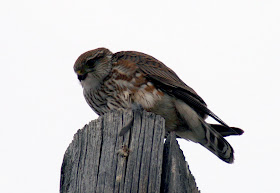






Always in search of a new life bird I got excited about the many posts on the Utah Bird Net this last week of a flock of 400 + Evening Grosbeaks that have been observed on Lower River Road in Francis Utah. I took the opportunity today to go to Francis at the base of the Uintah Mountains and look for this bird that has eluded me all these years. The trip was well worth it, we were not disappointed. Frank Clawson and I left Friday morning and took the beautiful, scenic drive to Francis. We did see hundreds of Grosbeaks and Cedar Waxwings. I have included pictures of the Grosbeaks. Other birds seen were: Bald Eagle, Raven, Black-capped Chickadee, House Sparrow, European Starling, American Kestrel, American Robin, Cassin's Finch, American Gold Finch, Spotted Towhee, Red-tailed Hawk. Aside from the birds the scenery was spectacular, After several days of snow storms today was clear the snow glissened and the sky was incredibly blue. It was a great day.















+of+Picture+1052.jpg)







